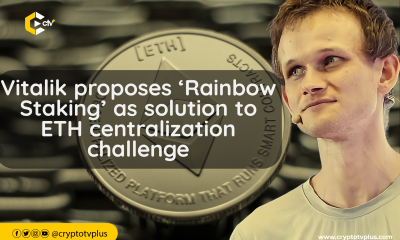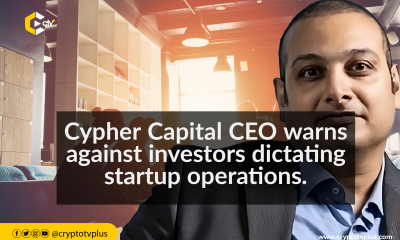FEATURED
Centralization & decentralization: experts discuss trends & share insights

Decentralization is one of the core principles of cryptocurrency, setting it apart from traditional finance systems that operate in a centralized manner.
This contrast is evident in the existence of both centralized and decentralized exchanges within the crypto space. However, what lies ahead for the future of the crypto industry?
Speaking at the Istanbul Blockchain Week 2023, May Michelson, Director of Global Sales, GK8, expressed her belief in the eventual dominance of centralized custodians, pointing to major financial institutions like Binance and Coinbase.
She predicted that as regulations tighten and financial institutions implement robust processes, they will take on a central role in securing and managing digital assets, much like is done with traditional fiat money.
Conversely, Robert Mccracken, Ecosystem Lead, Alchemy Pay, acknowledged the advancements being made in decentralization, citing the growth of decentralized autonomous organizations (DAOs) and solutions like ZK proofs and Roll-Ups that address scalability concerns.
He sees the crypto industry making simultaneous strides in both centralization and decentralization.
“Centralization has generally come about because of the issues with scalability but we are still progressing towards solving those problems without necessarily going to centralization”.
Non-custodial services empowering users
Speaking on the rise of DEXes, Alexandre Chesse, Fireblocks‘ Head of Sales, France, Middle East, and Africa, said that there is a growing trend of centralization of liquidity, decentralized platforms, as well as non-custodial wallet services.
He added that these non-custodial wallet services empower users to own their keys with which they choose to access liquidity in either centralized exchanges or DeFi liquidity pools.
Furthermore, he anticipated that DEXs would play a more significant role in the future. As new protocols emerge to facilitate cross-chain swaps, liquidity is expected to increase on DEXs.
This shift could contribute to broader market adoption and liquidity distribution across decentralized platforms.
Read also; AI, blockchain, and gaming: experts discuss the future
























